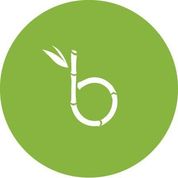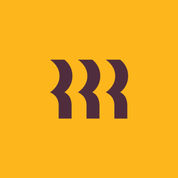tomHRM is a HR Software. tomHRM offers Benefits Management, Self Service Portal, Applicant Tracking, Time & Attendance Management, HR Compliance Management and many more functionalities.
Some top alternatives to tomHRM includes BambooHR, Workable, GoCo, Paychex Flex and Rippling.
Yes, tomHRM provides API.
No, tomHRM doesn't provide mobile app.
tomHRM is located in Warsaw, NY
tomHRM offers Free Trial, Subscription pricing models
Yes, tomHRM can integrate with BambooHR
The starting price is not disclosed by tomHRM. You can visit tomHRM pricing page to get the latest pricing.





















